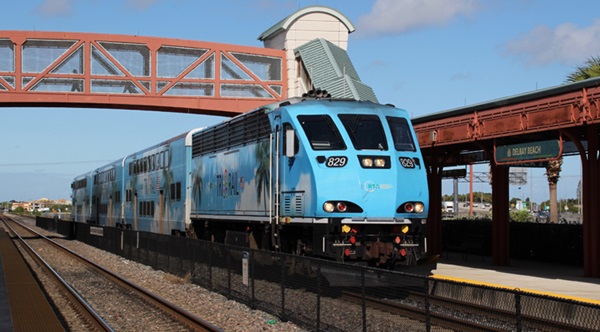
MIAMI — A long-delayed plan to bring Tri-Rail commuter service to Brightline’s downtown MiamiCentral station has hit a new snag: Tri-Rail’s cars will not fit in the station — and they may also be too heavy for the viaduct lifting the tracks from street level to MiamiCentral’s above-ground platforms.
The Miami Herald reports that an engineering report found the MiamiCentral platform would hit the protruding steps at the cars’ exit doors. A report from the firm Railroad Consultants blames the issue on “platforms not being built per the design plans and specifications,” and says either the platforms would need to be modified — including removal of concrete and rebar for their entire length — or the Tri-Rail cars would need modifications.
Tri-Rail director Steven Abrams said the problem was a matter of “inches. But it’s inches that will clip our steps.” Tri-Rail uses cars built by both Bombardier and Hyundai Rotem. The newspaper said Brightline representatives were unavailable for comment.
The report called for more study on the question of the cars’ weight, and said the viaduct was built to a standard “roughly 90 percent less than required” by the American Railway Engineering and Maintenance of Way Association. Brightline said it followed a standard for high speed rail.
The South Florida Regional Transportation Authority board, which oversees Tri-Rail, learned of the problem at a Friday meeting, although Tri-Rail has been aware of the issue since March.
Tri-Rail service to MiamiCentral was originally set to begin in 2017, but has been delayed by issues involving positive train control [see “PTC stalls Tri-Rail move …,” Trains News Wire, June 19, 2019]. During Brightline’s halt to service during the COVID-19 pandemic, the company and host Florida East Coast moved to a different PTC system [see “Brightline to resume South Florida service …,” News Wire, Aug. 10, 2021].






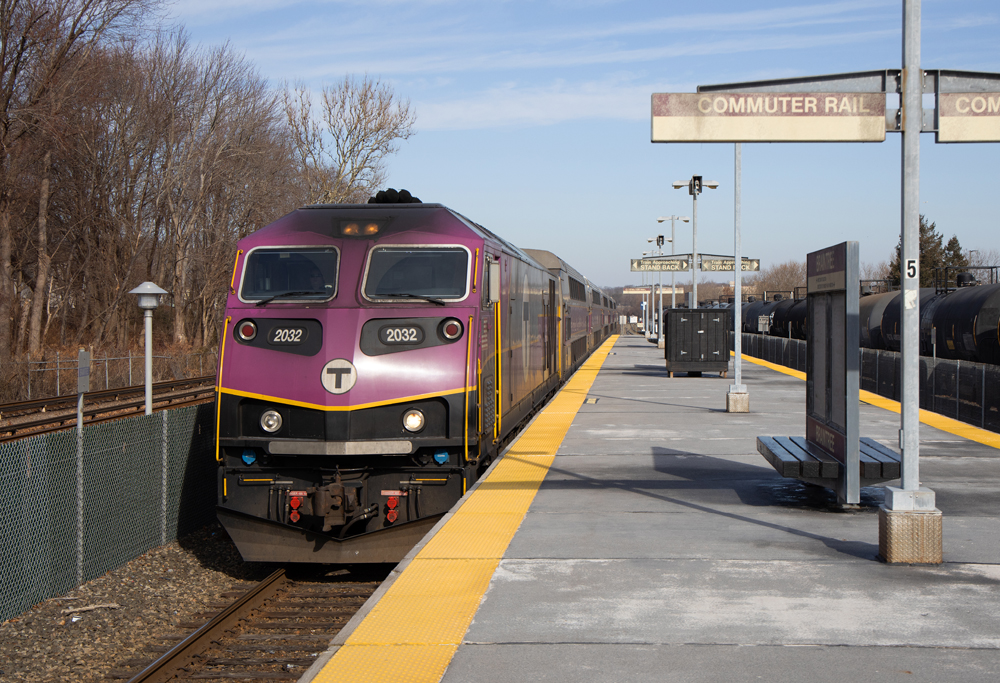
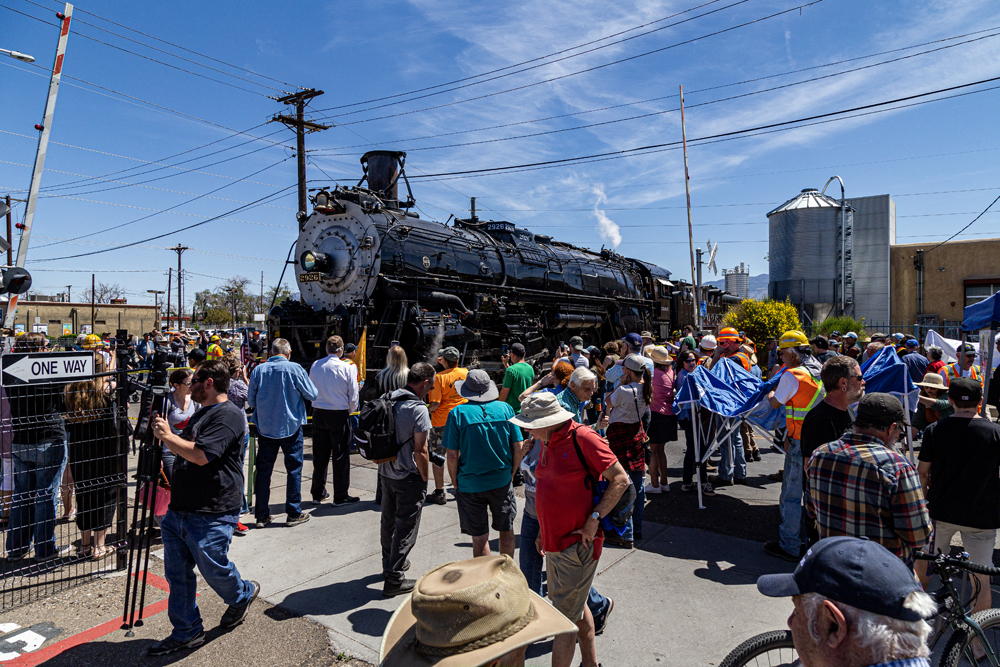
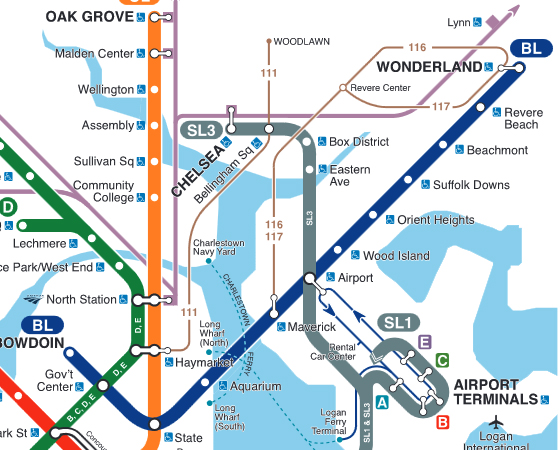
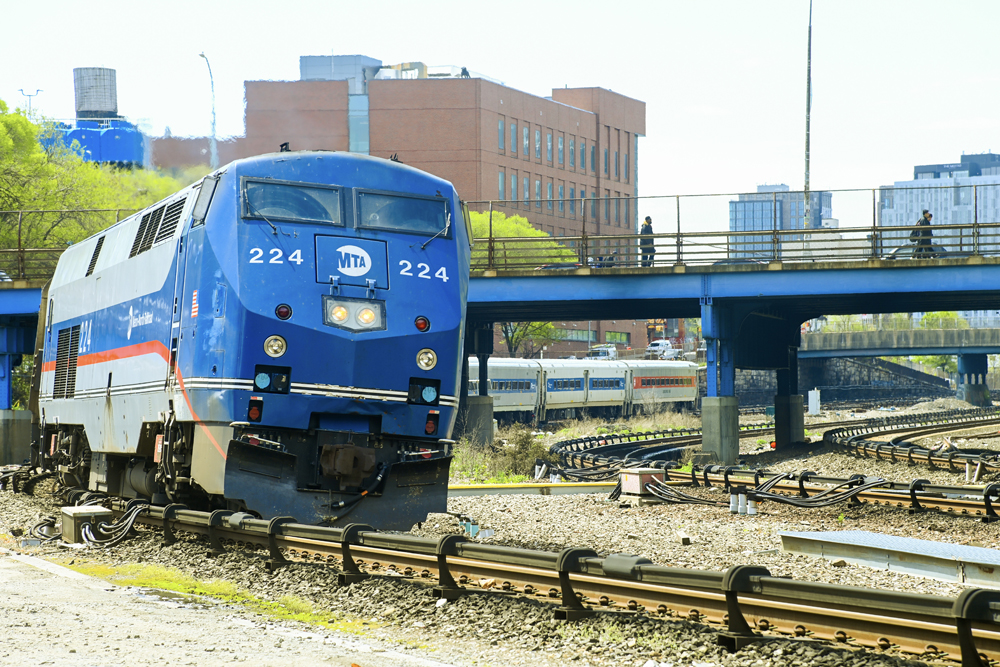




Would retrofitting the Tri-Rail cars with folding steps work? I’ve seen those on plenty of European trains. I’ve even seen ones with telescoping boarding bridges that actually contact the platform wall to provide a seamless boarding surface.
Amtrak better order only single-level passenger cars for the next generation of long distance trains. Single-level cars are adaptive to both high and low level platforms. And they can run in low clearance.
Do I understand it right? The cars are to heavy for the bridge but the engines arn’t?
Bob Crowe, Instead of ‘measure twice cut once’ they may have used: measure with a micrometer, mark with a grease pencil, cut it with a pick axe.
Opposite story: In the 70’s I bought an ex-C&O 10-6 sleeper for my PV tours. Sent Amtrak a clearance diagram. Too wide, replied Amtrak, car can’t operate into NYP because it will hit the platforms. A friend had photos of this actual car coming out of NYP on the FFV and The Sportsman. Oh, ok then said Amtrak. Car operated for several years thereafter without hitting anything. True story.
Something similar happened in France. Here is an excerpt from BBC.com in 2014.
‘The French train operator SNCF has discovered that 2,000 new trains it ordered at a cost of 15bn euros ($20.5bn; £12.1bn) are too wide for many regional platforms.
The BBC’s Christian Fraser in Paris says that it is an embarrassing blunder that has so far cost the rail operator over 50m euros ($68.4m; £40.6m).’
They had to ‘shave’ the edges of platforms so the cars would fit.
They’re just now finding this out? Is there nobody left in S. Florida with two neurons to rub together?
Measure twice and cut once???????
Bob I like that but I think they are going to be doing a lot of cutting !
Hate to think someone was working in metric and someone else did a soft conversion to inch measurement.
Seen this before.
Really, are you serious? No oversight/inspections during construction?
Railroad consultants blame it on the platforms not being built to plans and specifications. Does this mean someone has to go back to school and learn how to read blue prints an ruler or tape measure?
Are there platforms on *both* sides of each track?
What is this, the 1950’s? When Illinois Terminal bought new parlor cars from the St Louis Car company only to find out they couldn’t negotiate the Illinois River Bridge in Peoria and half of their street stations?
Those were the streamliners that St. Louis Car built in the late 1940s. I always thought the problem was the curve at the Peoria station. That’s why the line was cut back to East Peoria.
It was actually the grading for the bridge approach from street level. The bottom would get caught. They would have to remove the front spreader to get the car released. They were so cash poor, they didn’t regrade the entrance, they simply moved service to East Peoria.
My point was that when IT ordered the cars, they didn’t take any measurements of clearances, or the turn radius of many of their “in city” stations and compared them to the specs of the railcar from St Louis.
Same here, TriRail went and asked for money to build and support a switch over to Central before they actually looked to see if it was usable.